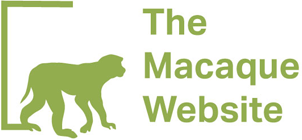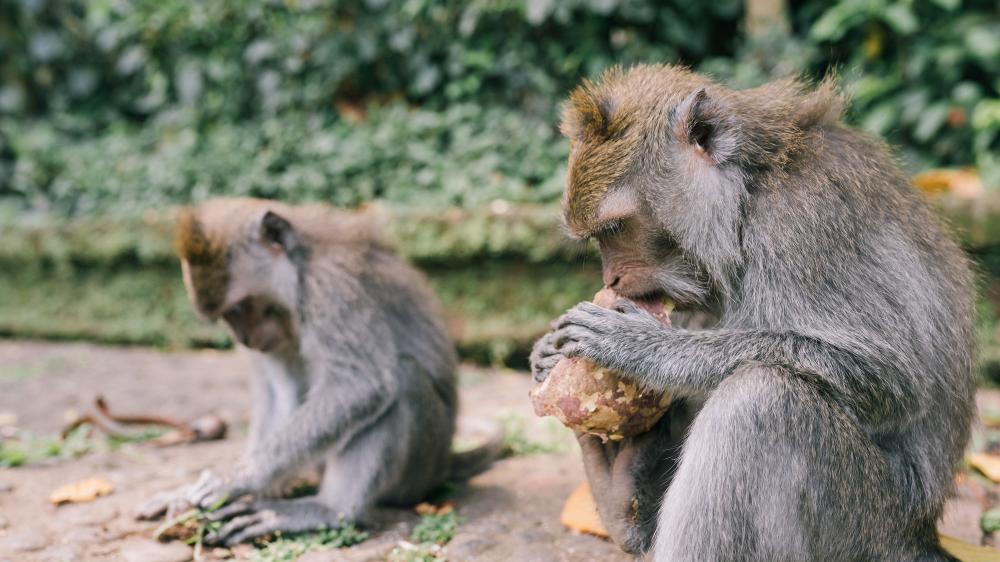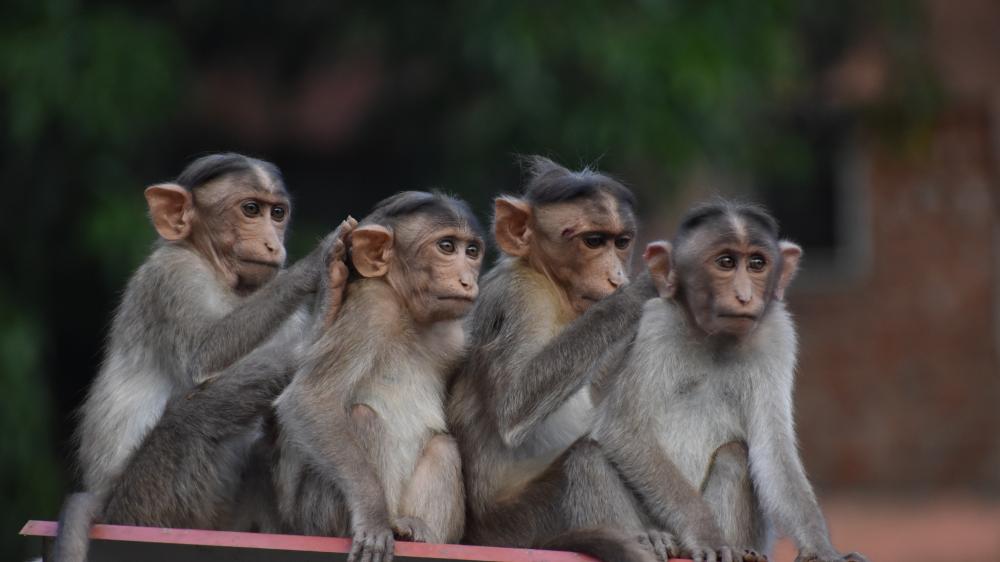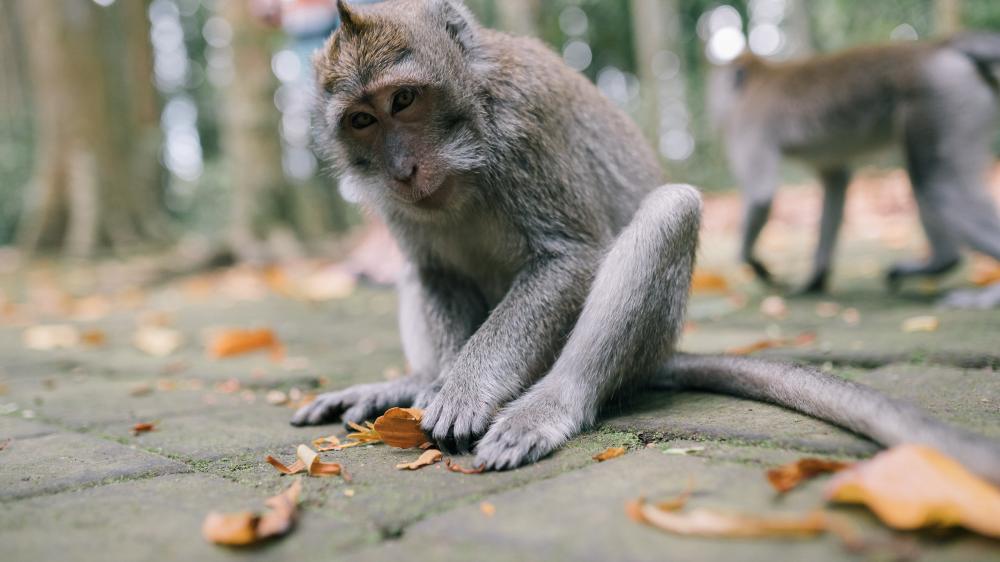Captive management
There is a large body of published studies assessing captive macaque housing and husbandry. These studies show that developments in captive management, including high-quality caging systems, social housing, and effective enrichment and habituation/training programmes can lead to multiple benefits.
These include:
- Improvements in animal cooperation and engagement with scientific procedures.
- Better quality scientific data and reduced data variability, because well-adjusted animals show fewer physiological stress responses to research procedures, and improved performance on cognitive/behavioural tasks.
- A safer and less stressful working environment for animal care and research staff, due to more cooperative, compliant animals.
The best housing, enrichment and husbandry practices may also be the simplest, cheapest and most beneficial for animal welfare, quality of science, and the safety and ease of working of laboratory staff.
Requirements of good captive management
1) A comprehensive understanding of macaque behaviour and biology, including [1-5]:
- Natural behaviours which should be promoted in captivity.
- Abnormal behaviours indicative of poor welfare in captivity.
- Behavioural, physiological and health parameters for welfare assessment.
- Different life stages and the importance of the early life experience on lifetime behaviour and health.
- How best to accommodate behavioural and biological needs in a captive environment.
2) An open-minded, flexible approach, involving:
- Talking to animal care staff to better understand their workplace requirements.
- Talking to researchers and clients/sponsors to understand their scientific and animal use needs.
- Realising that apparent conflicts of interest (e.g between the research protocol and welfare needs of the animals, such as social housing) can be overcome or ameliorated with creative captive management.
3) A clear, attainable management plan, which can be achieved by:
- Identifying areas of good practice and areas for improvement.
- Researching ways to make improvements.
- Drawing up clear action plans and designing new SOPs with relevant staff.
- Implementing improvements in animal housing, enrichment, husbandry and handling for research purposes, including:
- How to design and implement a refinement programme.
- How to improve existing housing.
- How to create cheap, safe and effective enrichment. - Evaluating the success of your refinement efforts and continuing to refine and improve.
4) Appropriate training of personnel, assessment of competence and continuing professional development.
In this section:
References
-
Poole T (1997). Happy animals make good science. Laboratory Animals 31(2): 116-24. https://doi.org/10.1258/002367797780600198
-
Reinhardt V (2004). Common husbandry-related variables in biomedical research with animals. Laboratory Animals 38(3): 213-35. https://doi.org/10.1258/002367704323133600
-
Chapman K et al. (2015). Opportunities for implementing the 3 rs in drug development and safety assessment studies using nonhuman primates. In: The nonhuman primate in nonclinical drug development and safety assessment (Eds. Bluemel J, Korte S, Schneck E, and Weinbauer GF) (pp. 281-301). Academic Press. https://doi.org/10.1016/B978-0-12-417144-2.00014-7
-
Jennings M et al. (2009). Refinements in husbandry, care and common procedures for non-human primates. Laboratory Animals 43(1_suppl): 1-47. https://doi.org/10.1258/la.2008.007143
-
Wolfensohn S and Honess P (2005). Handbook of primate husbandry and welfare, 1st edition. Wiley-Blackwell.





